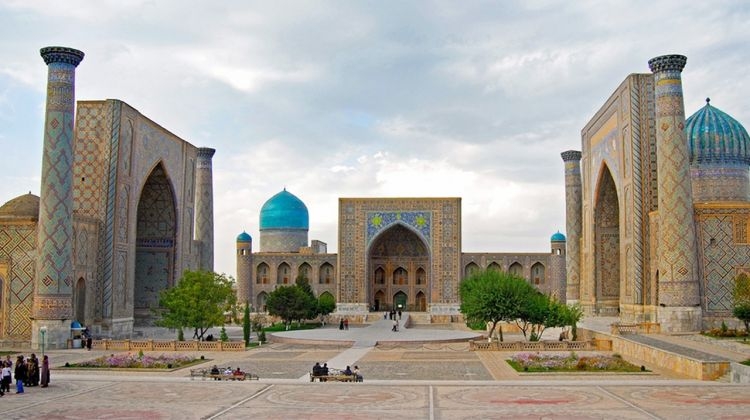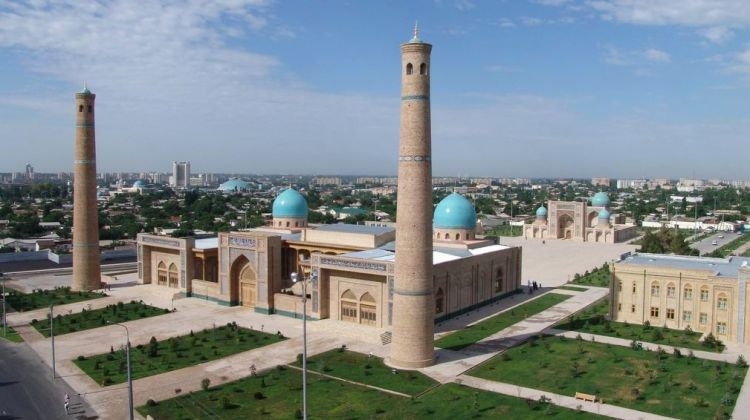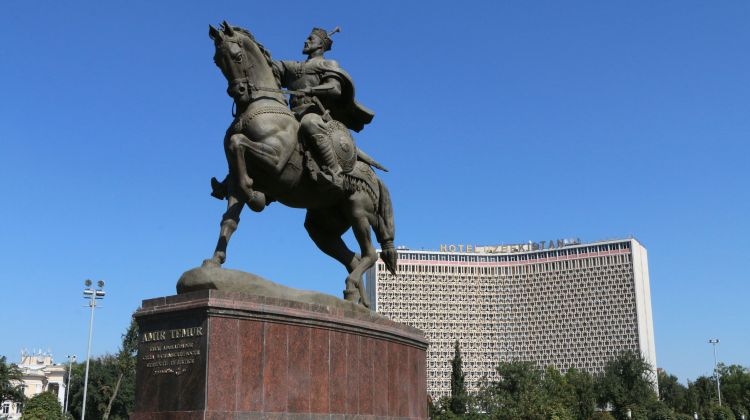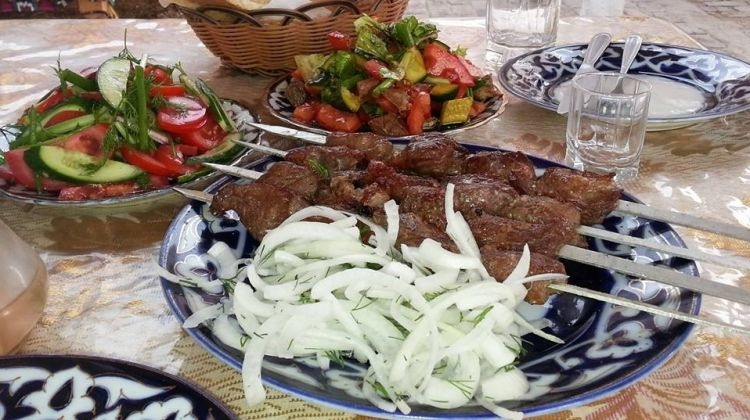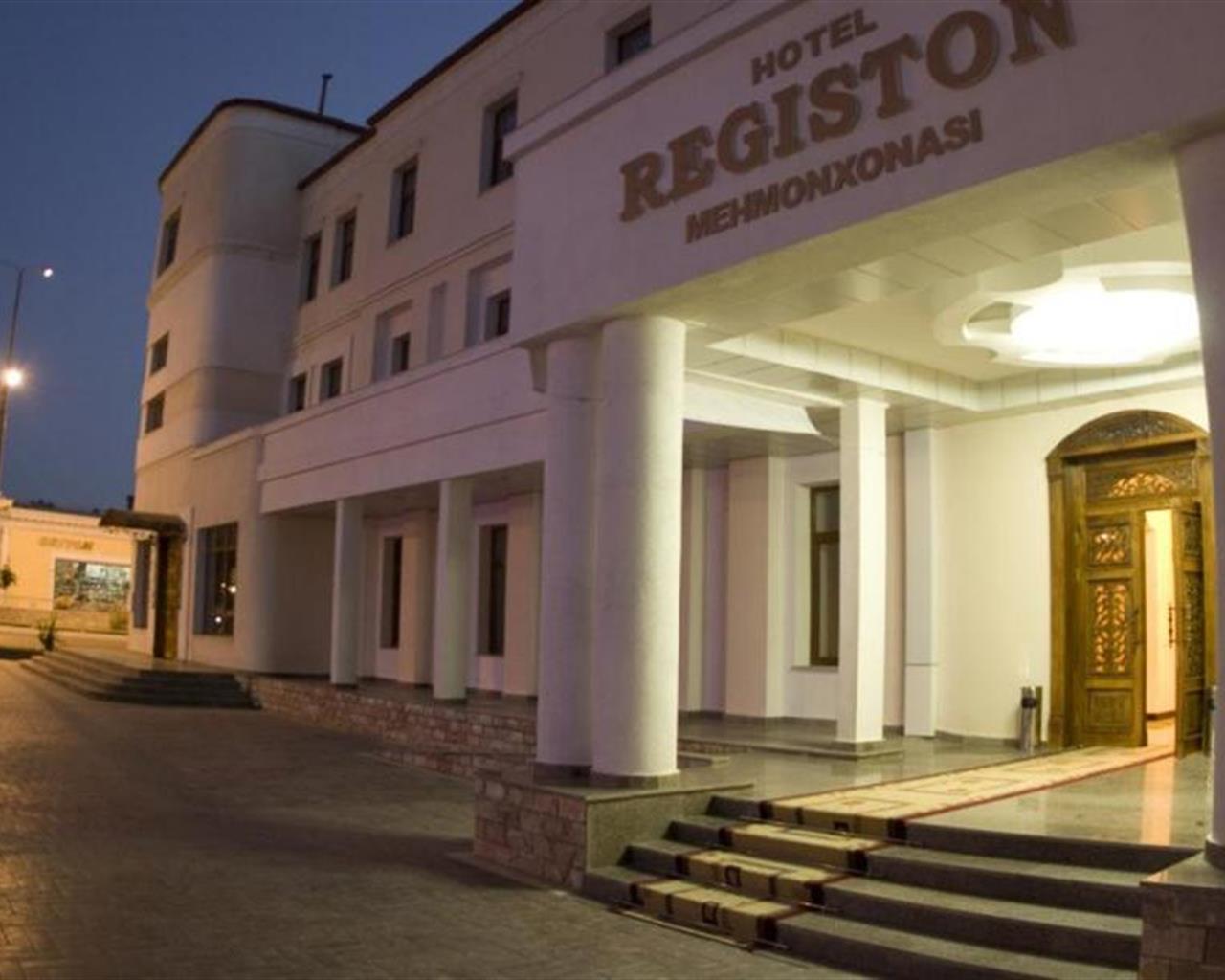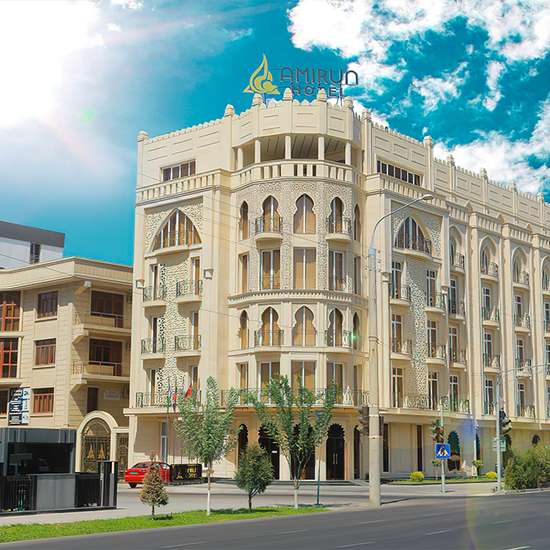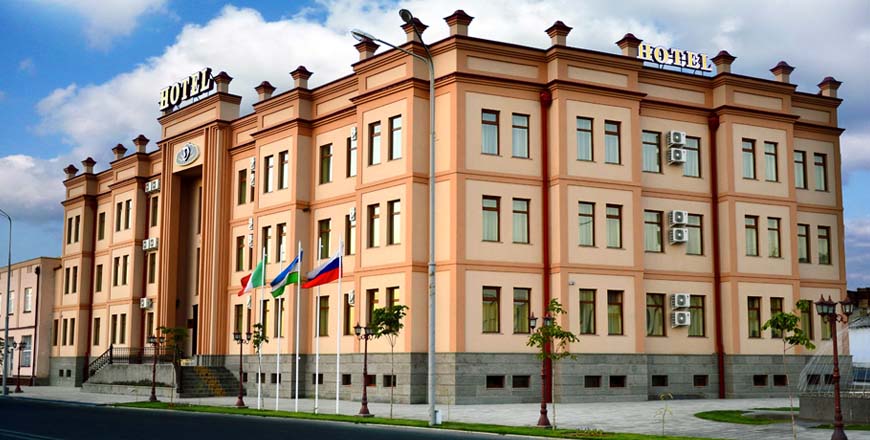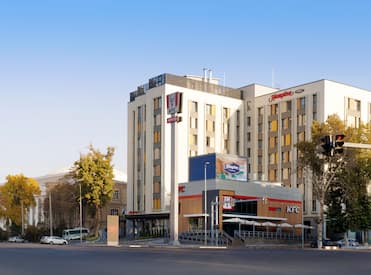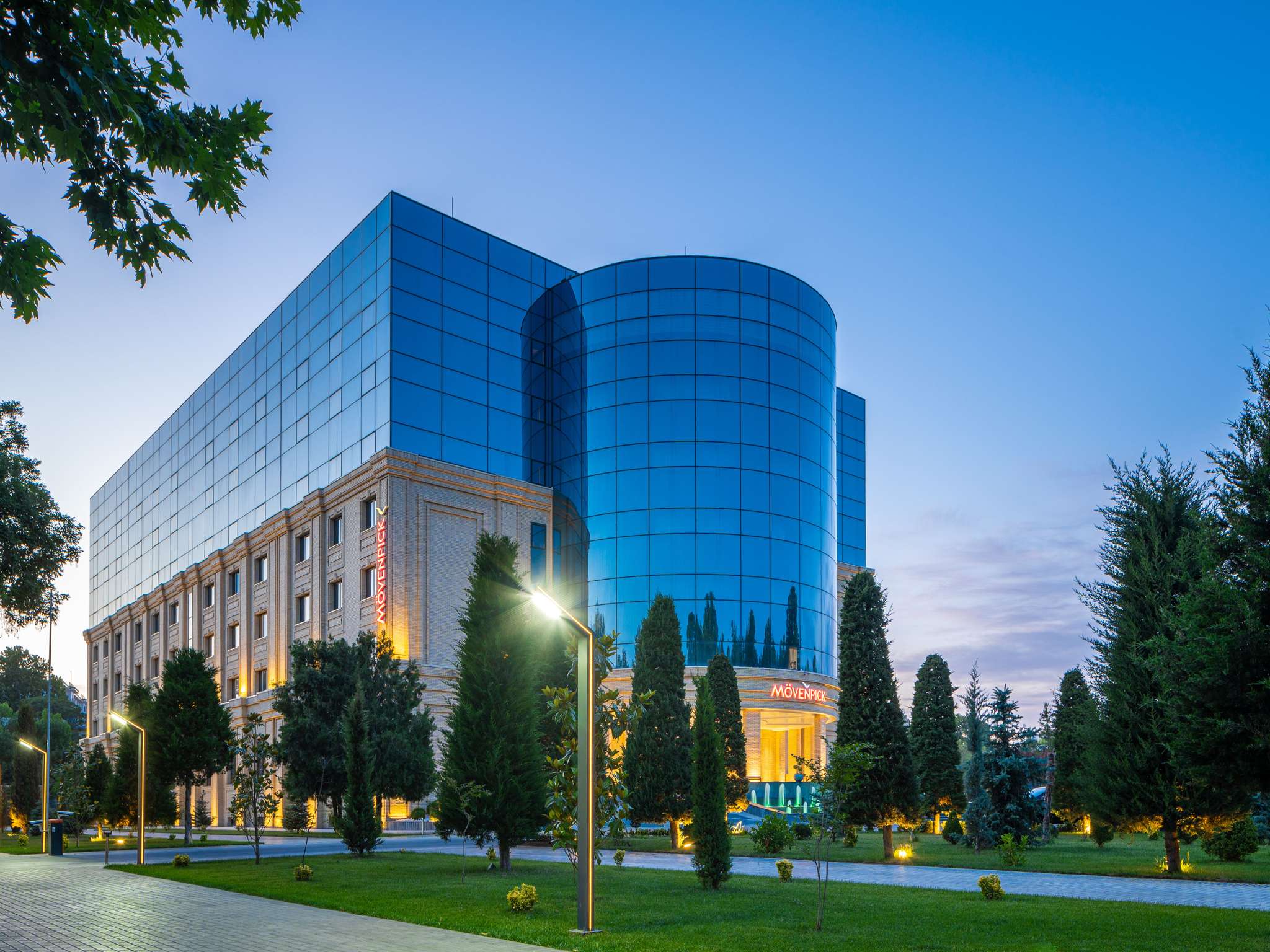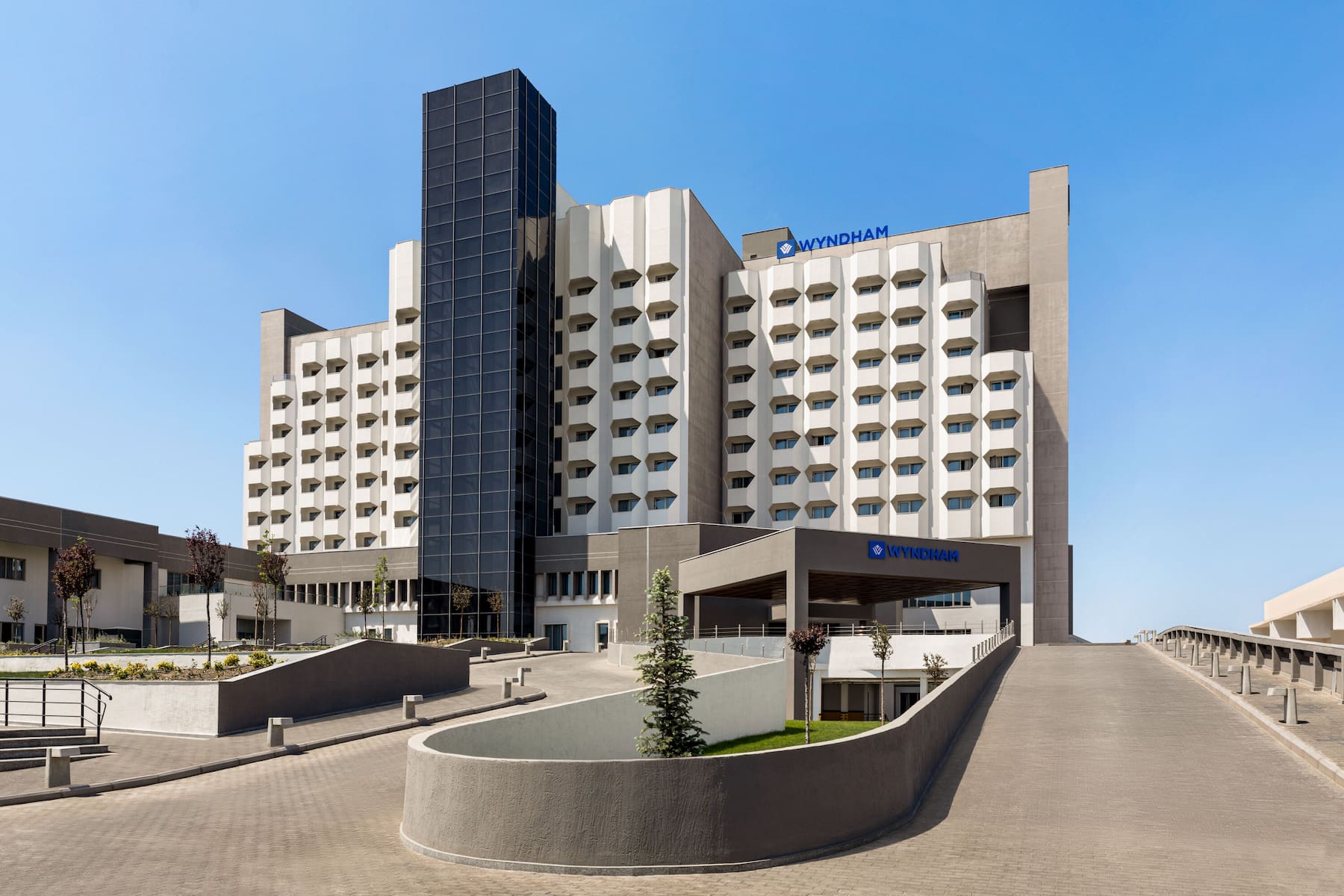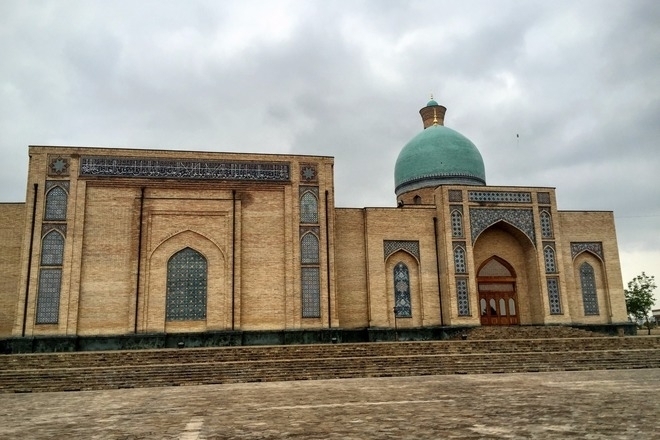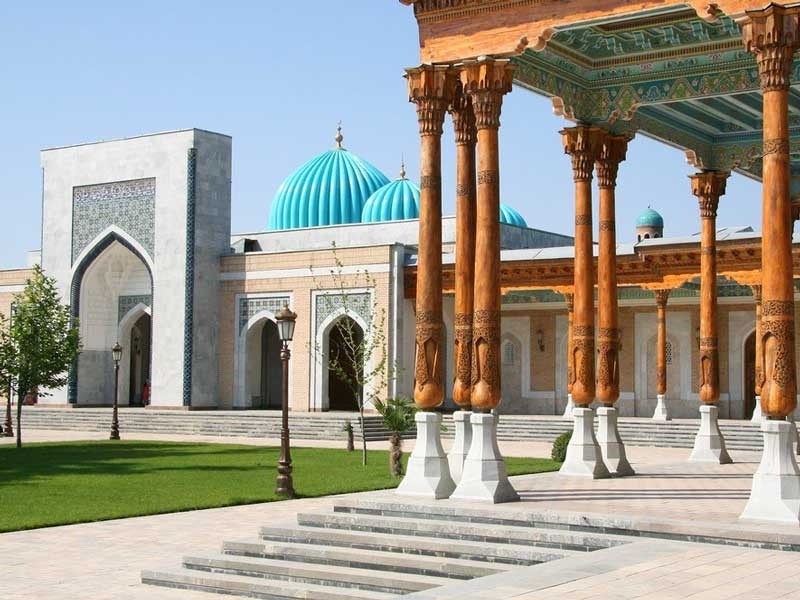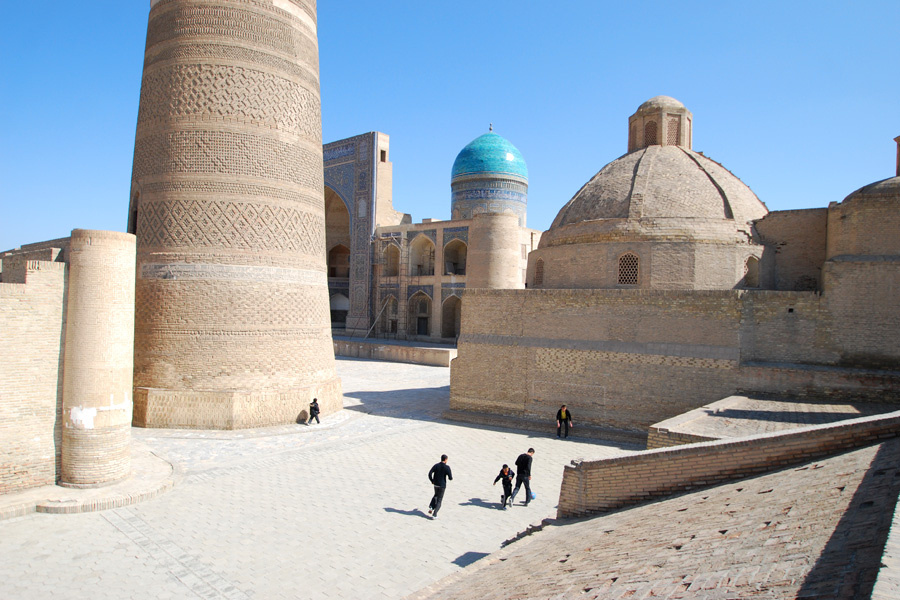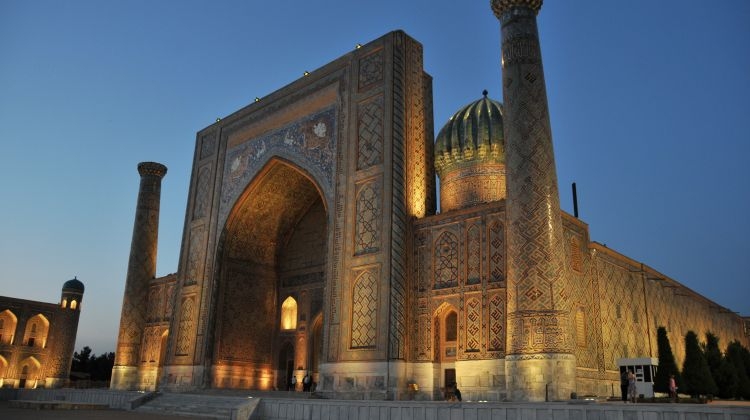Day 1 - TASHKENT Arrival
Tashkent
Day 1- TASHKENT
Arrival at 23:25 by IndiGo of the clients at Tashkent International Airport.
Meet and transfer to hotel. Overnight at hotel.
Meals: No
Activities
N/A
Meals Included
Day 2 - TASHKENT-SAMARKAND by speed Train
Samarkand
Day 2- TASHKENT-SAMARKAND by speed Train
After breakfast full day city tour of Tashkent. Visit Khastimom complex
(Kaffal Shashiy Masoleum, Barak Khan Medressah, Library with holy Koran),
Chorsu Bazaar, Independence Square, Amir Timur Square, Navoi Theatre
Square, some metro stations.
Evening transfer to train station. Speedy train1 at 18:45-20:53 or 19:00-22:19
to Samarkand. Upon Arrival transfer to hotel
Activities
Tashkent
After breakfast full day city tour of Tashkent. Visit Khastimom complex (Kaffal Shashiy Mausoleum, Barak Khan Medressah, Library with holy Koran), Chorsu Bazaar, Independence Square, Amir Temur Square and Navoi Theatre Square. Tashkent tours will introduce you a modern city, where every person will find entertainment and cultural events for him/herself. Its architecture combines medieval oriental buildings, austere European architecture, preserved from the Turkestan Governor-Generalship period, Soviet “Khrushchev buildings", and finally, glittering skyscrapers of glass and concrete, buildings of modern business centers, offices and banks, as an evidence of new epoch of independent Uzbekistan. We offer rich and interesting program of Tashkent tours, accommodation at the best hotels, professional guides and interpreters.
Meals Included
Day 3 - SAMARKAND (330 km, 5 hrs)
Samarkand
Day 3- SAMARKAND (330 km, 5 hrs)
After breakfast. City tour in Samarkand: Visit Guri Emir Masoleum, Registan
Square, Siyob bazaar, Bibihanym Mosque, Shahi Zinda Necropolis,
Afrosiyob Museum and ruins, Ulug’bek Observatory. Overnight at hotel.
Meals: Breakfast at Hotel.
Activities
Samarkand
Take Afrosiyob speedy train from Tashkent (07:30-09:38 or 08:00-10:10) to Samarkand. Visit Imam Al Bukhariy Mausoleum, Ulugbek Observatory, Imom Moturidiy Mausoleum and Shahi Zinda Necropolis. Imam al-Bukhari was the great theologian of the East. He collected and recorded about 600 thousand hadith, i.e. legend based on cases of life or some sayings of the Prophet. Out of them, al-Bukhari selected as “flawless” about 7400 hadith to include into the famous “As-Sahih” which became the second most important book after the Koran for the majority of Sunni. Imam was born in Bukhara in 810 year and ended his life in Samarkand. He was buried in a small village Hartang, 30 km from Samarkand.
The mausoleum of Imam al-Bukhari presents in all of its magnificence. In the complex that occupies a vast territory, there are mausoleums, mosques, hotel for tourists and pilgrims, souvenir shops and religious literature.
The mausoleum of Imam al-Bukhari is one of the main pilgrimage sites in Uzbekistan. The visiting of three shrines in Samarkand – the mausoleums of al-Bukhari, Shakhi-Zinda and Rukhabad – within one day, is called “small Hajj”. The Ulugh Beg Observatory is an observatory in Samarkand, Uzbekistan. Built in the 1420s by the Timurid astronomer Ulugh Beg, it is considered by scholars to have been one of the finest observatories in the Islamic world. Islamic astronomers who worked at the observatory include Al-Kashi, Ali Qushji, and Ulugh Beg himself. The observatory was destroyed in 1449 and rediscovered in 1908.
Meals Included
Day 4 - SAMARKAND-BUKHARA (275 km, by car)
Bukhara
Day 4- SAMARKAND-BUKHARA (275 km, by car)
After breakfast drive to Samarkand by car. Drive will take about 3 hrs. Upon
Arrival city tour: Visit. Visit Visit Samanid’s Mausoleum, Chashma Ayub,
citadel Ark, Bolo-Hauz, Mosque.Kalyan complex including Kalyan Mosque,
Kalyan Minaret and Mir Arab Medressah, Trade domes, Abdulazizkhan and
Ulugbek Medressahs, Nadir Devonbegi Medressah, complex, Lyabi-Khauz
complex. Overnight at hotel.
Meals: Breakfast at Hotel.
Activities
Samarkand
Visit Guri Emir Mausoleum, Registan Square, Bibihanym Mosque, Siyob bazaar. The Guri Amir is a mausoleum of the Asian conqueror Timur (also known as Tamerlane) in Samarkand, Uzbekistan. It occupies an important place in the history of Persian-Mongolian Architecture as the precursor and model for later great Mughal architecture tombs, including Gardens of Babur in Kabul, Humayun's Tomb in Delhi and the Taj Mahal in Agra, built by Timur's Persianised descendants, the ruling Mughal dynasty of Indian Subcontinent. It has been heavily restored. The Registan was the heart of the ancient city of Samarkand of the Timurid dynasty. The mosque Bibi-Khanym Mosque is one of the most important monuments of Samarkand. In the 15th century it was one of the largest and most magnificent mosques in the Islamic world. By the mid-20th century only a grandiose ruin of it still survived, but major parts of the mosque were restored during the Soviet period.
Meals Included
Day 5 - Bukhara Day trip
Bukhara
Day 5- BUKHARA
After breakfast, continue exploring Bukhara. Visit to “Sitorai Mohi Khosa –
the summer palace of the last emir of Bukhara. Free time in the afternoon.
Overnight at hotel.
Meals: Breakfast at Hotel
Activities
Bukhara
Enjoy full day city tour of Bukhara. Visit Ismail Samaniy Mausoleum, Chashmai Ayub Mausoleum, Ark Fortress, Bolo-Hauz Mosque, Kalyan complex including Kalyan Mosque, Kalyan Minaret and Mirarab Medressah, Trade domes, Abdulazizkhan and Ulugbek Medressahs, Nadir Devonbegi Medressah, complex, Lyabi-Khauz complex. There are two big blue domes of the Miri-Arab madrasah towering above the surrounding buildings in the center of Bukhara. Along with the Kalyan mosque and minaret, this religious educational establishment forms the whole ensemble Poi-Kalyan that is the spiritual center of the city.
Construction of the Miri-Arab madrasah dates back to the 16th century and is related to the sheikh Abdallah Yamani (from Yemen), the spiritual pir (guide) of sheybanids. The exact date of the beginning of the construction is still unknown. According to one version, scientists believe that the building was erected in the period of 1530-1535/1536. The other version states, that the madrasah was built to celebrate the victory of the sheybanid army over the troops of the Sefevid shah Ismail I in the battle of Gijduvan in 1512. It is also supposed that the final construction works were carried out on the funds of Ubaydulla-khan; the money received from the sale of 3000 captive Iranians to slavery. From the beginnings of Islam, there have been three types of mosques: Djuma mosques, which are intended for the large crowds that come to Friday services, Namazga country mosques (musalla idgoh), which are used by the male population of both the city and the surrounding countryside to celebrate the two Muslim holidays Qurban and Ramazan, and Quzar mosques, which are designed to be used as daily mosques in residential neighbourhoods.
We know very little about the thirteenth century Djuma Mosque in Bukhara, for it has been rebuilt completely since the time of its original construction. In any case, it had a vast courtyard surrounded by galleries. However, the minaret which was built in 1127 A.D. and called the Kalyan (Great) Minaret, has survived. It still dominates the skyline of Bukhara, astonishing all who see it with its magnificent and flawless shape. The minaret was designated to summon Muslims to prayer five times a day. Normally, each mosque had its own minaret, but the main minaret was situated near the Djuma Mosque. It was from the gallery, at the top of the minaret, that the muedzin summoned the believers to prayer at the top of his voice.
Meals Included
Day 6 - BUKHARA- TASHKENT by flight and departure
Tashkent
Day 6- BUKHARA- TASHKENT by flight
Morning transfer to Bukhara Airport for morning flight2 (09:30-10:30) to
Tashkent. Upon arrival drive to Chimgan mountains and Charvak Lake.
Saisons activity for own expenses.
at 17:00 drive back to Tashkent and at 20:00 transfer for international
Tashkent Airport for departure flight according to flight details.
Activities
N/A
Meals Included

